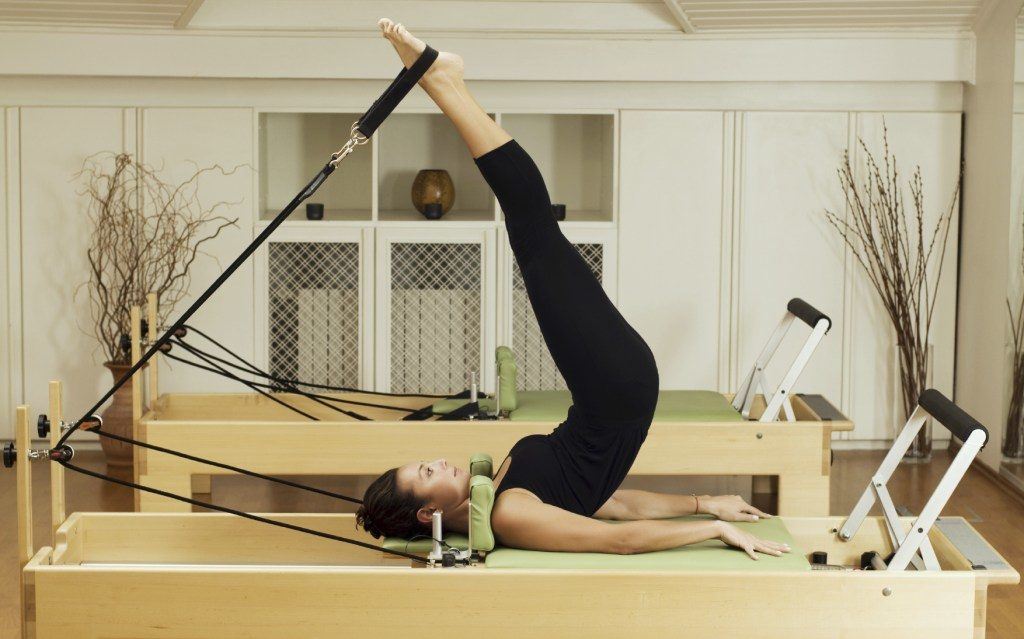Pilates aims to strengthen the body in a balanced way, with particular emphasis on core strength to improve general fitness and wellbeing. Pilates exercises are done on a mat or using special equipment, such as the Reformer, the Cadillac and Wunda Chair. With a system of pulleys and springs, handles and straps, the apparatus can provide either resistance or support, depending on your needs.
Pilates develops much of what exercisers need – strength, flexibility, muscular endurance, coordination, balance, and good posture – with a much lower chance of injury than in other forms of exercise. The discipline emphasizes correct form instead of going for the burn.
Pilates moves require you to engage almost your whole body. At times, you may try to strengthen one muscle while stretching another. The moves take lots of concentration; you can’t simply go through the motions like you can on gym equipment. Then, for every move you think you’ve mastered, Pilates has another version that’s a little different and a little harder. With so many exercise variations and progressions, you may have a hard time getting bored with Pilates.

